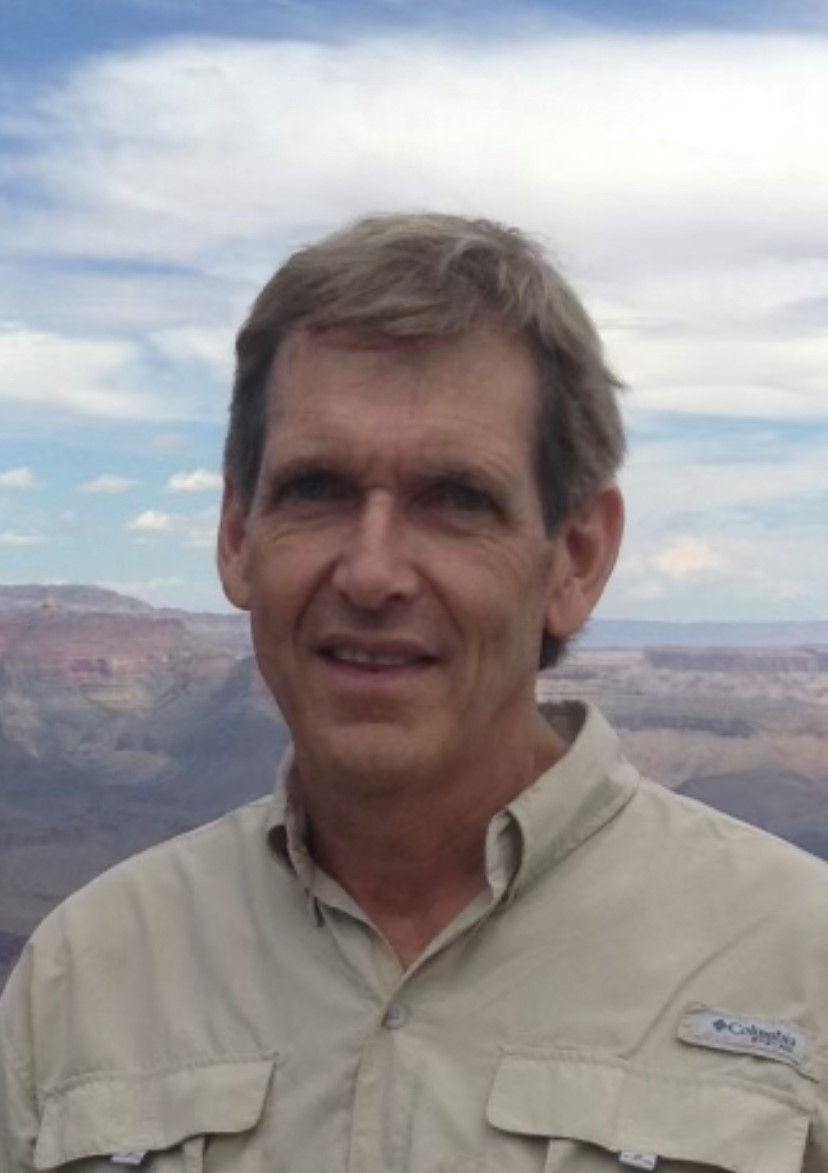
Program Director
Gary joined NSRC as Director in October of 2021. He has over 40 years of experience in working with the aerospace and science communities including the last 28 years with aircraft operations at NASA’s JSC facility. While at JSC, he led activities in engineering, aircraft maintenance and quality assurance, program and project management, and contract acquisitions and management, in addition to worldwide agency and scientific flight operations. Gary supported the execution of several JSC programs to modify multiple aircraft from turboprop to heavy jet aircraft for specialized scientific and agency missions. Prior to working for NASA, he held positions at Lockheed Martin, Rockwell International, Sikorski Helicopter, and Vought Aerospace working on multiple space and defense systems. In addition to B.S. and M.S. degrees in Aerospace Engineering, he is licensed by the FAA as an aircraft mechanic and maintenance inspector as well as a commercial pilot.

Sr. Payload Integration Engineer
Mr. Webster joined NSRC in December 2005 as the DC-8 Airborne Laboratory Payload Integration Engineer. In this capacity, his primary responsibilities are to plan the physical experimental layout of the aircraft for various scientific missions and to design, structurally analyze, and fabricate aircraft hardware to integrate new scientific instruments onto the DC-8. In addition to scientific instrument installations, Adam has had an integral role in the implementation of numerous aircraft platform upgrades to the DC-8 and, more recently, to other NASA Airborne Science Program aircraft. Among other things, these upgrades have included updated avionics installations and completely new aircraft onboard data systems. Adam also maintains an extensive electronic documentation database of all the aircraft modifications and installations. In addition to his engineering roles, Adam is also qualified and serves as mission director during the science flights onboard the DC-8.
Adam received M.S. and B.S. degrees in Mechanical Engineering from the University of North Dakota. Prior to joining NSRC, Adam worked for the Upper Midwest Aerospace Consortium (UMAC) on the development of the International Space Station Agricultural Camera (ISSAC), an International Space Station based remote sensing camera designed for use in precision agriculture.

Sr. Systems Engineer
Mr. Van Gilst joined NSRC in October of 2007 as the DC-8 Airborne Laboratory Network and Satcom Engineer before moving to his current role of Lead Systems Engineer. David is the team lead for the data systems personnel at NSRC, providing satcom, networking and other data system support to several aircraft programs at NASA, including the DC-8, P-3, C-130s, ER-2 and Global Hawk. In addition to providing operational support to over 30 aircraft campaigns and flight activities since 2007, David has designed and implemented much of the data systems infrastructure in use aboard the aircraft supported by NSRC, including software development, design of onboard systems and build-up of groundside telemetry interfaces.
David received a B.S. in Computer Science from the University of North Dakota. Prior to joining NSRC, David worded as a Unix Systems Engineer in the Scientific Computer Center at the University of North Dakota.

IT Systems Engineer
Mr. Finch joined NSRC in 2017 as a IT Systems Engineer responsible for maintenance of the Ames-based Airborne Science IT infrastructure including the development and maintenance of the ASP archive infrastructure, primarily for navigation and video data. Pat is also responsible for the development of the next generation infrastructure in support of the MTS and NSRC subsystems, and the development of an Iridium based communications systems using RUDICS. In addition to this, Pat is a Certified System Administrator which allows him to maintain multiple workstations and instrument controllers of various operating systems in a heterogeneous computing environment.
Pat received his B.S. as a triple major in Environmental Science Technology and Policy (ESTP), Computer Science and Information Technology (CSIT) and Mathematics. Prior to joining NSRC, Pat supported the NASA Airborne Science Program through BAERI as an independent consultant, working on items such as the Implementation, testing and benchmarking of various delay tolerant networking protocols for data and command/control use during long duration and/or over the horizon unmanned science flights.

Data Manager
Mr. Bennett joined NSRC in February of 2017 as Data Manager. Ryan ensures that quality-checked preliminary and final aircraft datasets are provided for the NSRC-managed meteorological and aircraft parameters, and that they are properly archived for use by the scientific community. He is responsible for the development of new software code for data retrieval, reduction, analysis, quality control, and archival. Ryan interacts with science teams on day-to-day activities providing all of the necessary support needed to ensure that the data obtained through NSRC data systems are of high precision and accuracy required for scientific analysis. Ryan also provides support for the Student Airborne Research Program (SARP) as the Mission Meteorologist on an annual basis, where he assists students with aviation forecasting and airborne data analysis.
Ryan is completing his M.S. in Meteorology from Florida State University (Spring 2019), and received his B.S. in Meteorology from Florida State University.

Science & Communications PM

